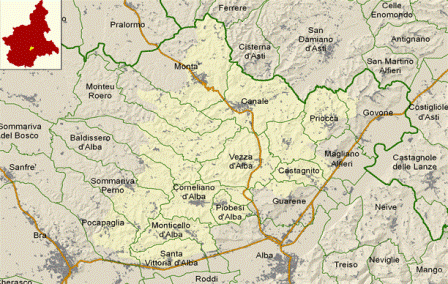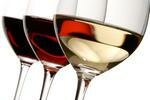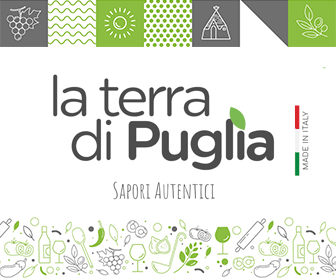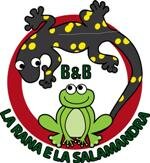 The Roero (Roé in Piedmontese dialect) is in the northeastern part of the province of Cuneo, sulla sinistra idrografica del fiume Tanaro, bordering the Langhe.
The Roero (Roé in Piedmontese dialect) is in the northeastern part of the province of Cuneo, sulla sinistra idrografica del fiume Tanaro, bordering the Langhe.
The Roero area is predominantly hilly and it is mainly cultivated in orchards and vineyards. It is a cluster of hills that, starting from the picturesque rift of the rocche, in a continuous ups and downs, come to touch the Tanaro, fronteggiando orgogliosamente le sorelle colline di Langa con una serie di stupendi castelli e con superbi vigneti. Variegato è il paesaggio che, in rapid sequence, toggles the wild beauty of the rocche to neat hillsides of grapes, the shadows of the ancient chestnut groves to the graceful blooms of orchards.
The Rocche in Roero, on which a castle or a village was built, constitute a distinguishing feature of the landscape. The myth tells that they were dug by Beelzebub in person, in one hellish night of work. Indeed, the labyrinthine and savage aspect of the rocche feeds and justifys suggestions and legends. Actually, this is a very interesting phenomenon of erosion, eden for naturalists, geologi e amanti del trekking con angoli di rara spettacolarità. La loro incontaminata natura offre interessanti contributi di genuinità alla cucina del Roero, bringing to the table a wide variety of herbs, buds, spugnole e profumatissimi tartufi. Si racconta che alcuni castellani e feudatari delle terre poste alla confluenza tra Tanaro e Stura, eager to escape the suffocating presence of the tyrants of round, resolved to erect a powerful stronghold. To make it impregnable and worthy of the provocation, however, it was necessary to reshape and improve the land and, faced with such a daunting project, resignation made its way, when from Tanaro waters Beelzebub emerged, chiamato in causa dall’improvvido sfogo di uno dei presenti. Agreed the obvious counterpart in souls, Beelzebub started to work. With a basket and a large spade like it had never seen, he walked into the hills of Pocapaglia, where he dug with gigantic spades. In a night of hellish work and devilish coming and going, Beelzebub built the ascent of Cherasco and the rocche in Pocapaglia and Roero.
Al pari di Langhe and Monferrato, è noto in ambito eno-gastronomico, for wines, culture, for the castles and ancient villages that dot its tiny territory.
 The Roero is well-known for producing high-quality wines including:
The Roero is well-known for producing high-quality wines including:
- Roero
- Roero Arneis
- Roero Arneis sparkling
- Roero superiore
Area already inhabited in Roman times, for the flourishing viticulture here implanted, il Roero è però terra spartita tra le diverse fazioni operanti in Piemonte nel Medioevo.
The Aleramici, that in these lands clashed with the troops of Asti and Alexandria, had some castles scattered on the rocche. Also the branch of the aleramic family of the marquises of Saluzzo had outposts in the area.
The story of the Roero connects with the history of Casane astigiane who ruled over these fortresses and imposed their names to this territory. Within these casane, particular influence had the family that gave its name to the area, the Roero family.
The main centres of the Roero are: Bra (the historical capital of the Roero), Sommariva del Bosco (“Porta del Roero”) and Canale.
23 comuni che compongono il Roero:
Baldissero d’Alba, Bra, Canale, Castagnito, Castellinaldo, Ceresole d’Alba, Corneliano d’Alba, Govone, Guarene, Magliano Alfieri, Montà, Montaldo Roero, Monteu Roero, Monticello d'Alba, Piobesi d’Alba,
Pocapaglia, Priocca, Sanfrè, Santa Vittoria d’Alba, Santo Stefano Roero, Sommariva del Bosco, Sommariva Perno, Vezza d’Alba
 I.A.T. ROERO, Enoteca Regionale del Roero
I.A.T. ROERO, Enoteca Regionale del Roero
via Roma 57, Canale (CN)
phone +39 0173.97.82.28
Monday/Friday: 9,30 – 12,30 and 15.30 – 19; Saturday: 9,30 – 12,30 and 14 – 18; Sunday: 9,30 – 14,30
www.roeroturismo.it




 Do you want to highlight your event or business? Do you want we create or improve your site? Do you want we organize your own event?
Do you want to highlight your event or business? Do you want we create or improve your site? Do you want we organize your own event? VOTE ASTIgiando.it
VOTE ASTIgiando.it Alexandra Scotti Web Design Art Director, graphicsdesign, webdesigner
Alexandra Scotti Web Design Art Director, graphicsdesign, webdesigner B&B La Rana e La Salamandra House for rent and Bed & Breakfast in Loazzolo
B&B La Rana e La Salamandra House for rent and Bed & Breakfast in Loazzolo Educational Farm ArteMiele Genuine products and educational workshops to discover bees and silkworms
Educational Farm ArteMiele Genuine products and educational workshops to discover bees and silkworms Monferrato.tv WebTV dedicated to culture and identity of Monferrato
Monferrato.tv WebTV dedicated to culture and identity of Monferrato SHOPIEMONTE sale wines and typical Piedmontese Products online
SHOPIEMONTE sale wines and typical Piedmontese Products online
1 Commento
Vjalvarado, Saturday 29 December 2012 at 09:46
I would have to agree with your friend, as much as I would never reufse Barolo, I think Nebbiolo is an excellent wine often made in the same vineyard, at the very least in the same regions. It is a joy to drink. I am sure you will a great trip in Piemonte! Baci,JM
Reply